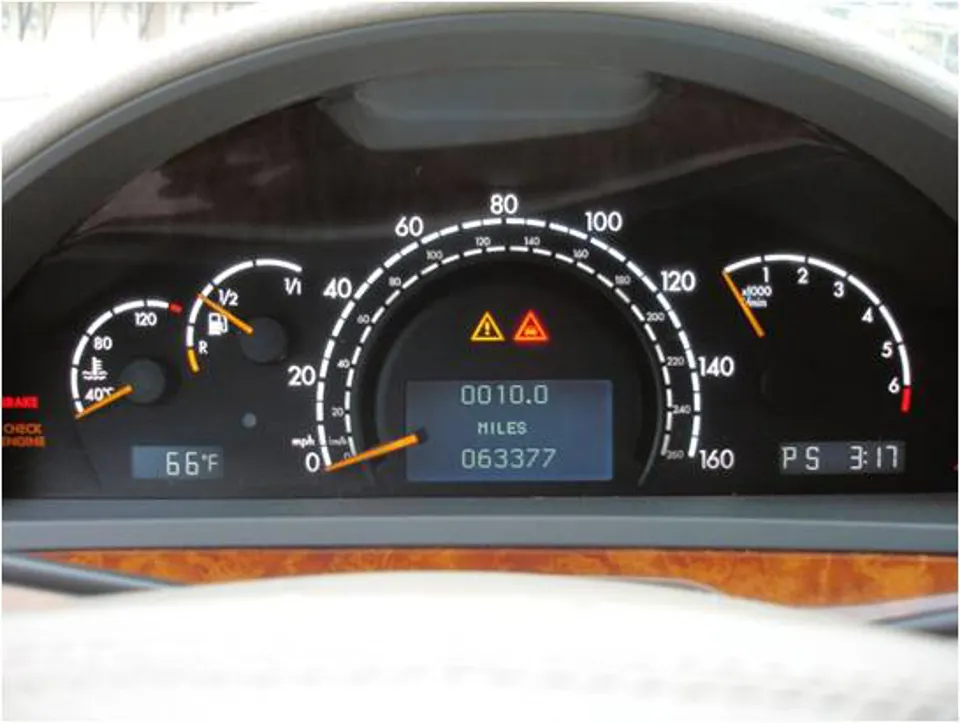HPI, the vehicle history company, saw a 3% increase in the amount of used cars with a mileage discrepancy in 2013.
The practice of clocking a car – adjusting the mileage reading to make it worth more – has been around for a number of years, and was in fact made easier with the introduction of digital odometers which removed the traditional tell-tale signs, as well as a surge in the number of so-called ‘mileage correction firms’ popping up that would alter a vehicle’s mileage no questions asked.
Based the SMMT’s used car sales figures for 2013, HPI estimates there could be as many as 486,000 vehicles with a false mileage on the road in the UK.
Shane Teskey, senior consumer services manager for www.hpicheck.com, said: “These are really shocking statistics and represent a worrying trend.
“Dodgy sellers will take advantage of any angle they can when offloading a car and clocking is one of the easiest ways they can make a fatter profit. In fact, research we conducted with CAP last year found that popular models like the VW Golf can double in value if they have 60,000 miles wound down.
“But it’s not just an issue of money with clocked cars, there is also a safety concern. Any vehicle that has done a lot more miles than the owner realises could have components that have been excessively worn, even if it looks okay to the naked eye. Plus these cars are likely to have missed out on their scheduled servicing, meaning a mechanic missing vital signs of wear and tear.”
















Luke Clements - 11/04/2014 10:14
I'm amazed that this can still happen - particularly as mileage is now recorded in a multitude of digital arenas (especially the MOT and service records)...